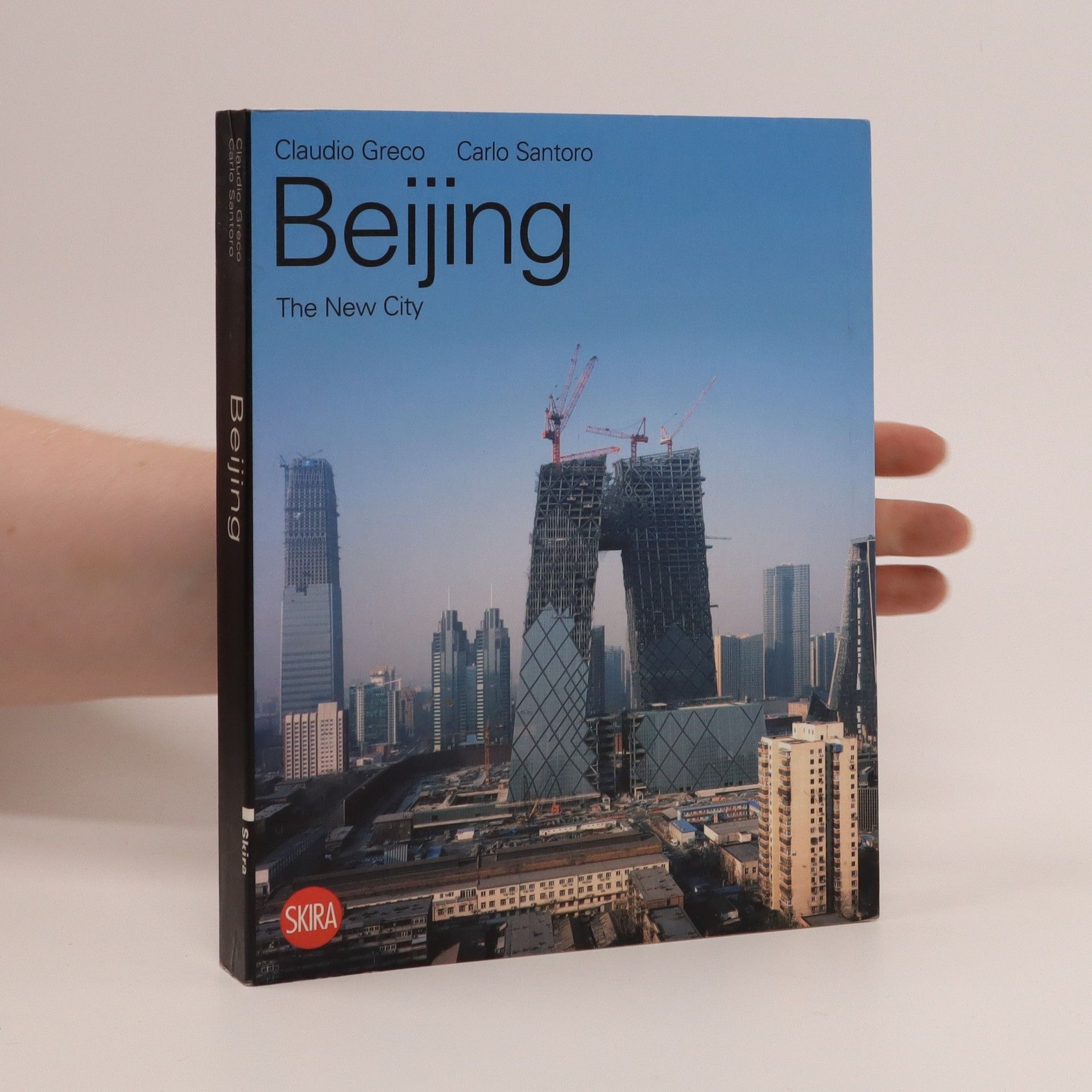Over the past fifteen years Beijing has experienced unprecedented change–a change more dramatic and profound than ever before. Contemporary skyscrapers and architectural forms are gradually enclosing the historic city centre. Steel and glass structures, constructions reminiscent of distant metropolises, highways, viaducts, and sports facilities have given Beijing a new face. Speed, combined with ever-changing rules and regulations, are the main characteristics of contemporary Beijing’s transformation. Understanding this process means arranging intermediate and transitional phases into a logical sequence, in a historical and urban context of reference. The speed at which the city is changing means that the work site phase and the actual moment of transformation have become an integral part of project elaboration, thereby influencing and modifying its development. This state of sudden and seemingly chaotic evolution is nonetheless supported by an urban structure dating back thousands of years and by a well-defined past. It is essential to understand this in order to identify the continuity in the midst of change, which in itself seems to be the real essence of the city’s evolution.
Claudio Greco Boeken


Pier Luigi Nervi
Von den ersten Patenten bis zur Ausstellungshalle in Turin 1917-1948
- 302bladzijden
- 11 uur lezen
Pier Luigi Nervi (1891–1979) kann ebenso als Ingenieur wie als Architekt gesehen werden. In seinem Streben nach Zusammenführen von Entwurf und Ausführung, seinem aufmerksamen Beobachten der Baupraxis und Entwicklungen von über 30 Patentierungen leistete Nervi einen bedeutenden Beitrag zur Wissenschaft und Technik des 20. Jahrhunderts. Im Zentrum der einzigartigen Untersuchung steht die Pionierphase in Nervis Leben, in der alle grundlegenden Ideen für die späteren Bauten entwickelt wurden.